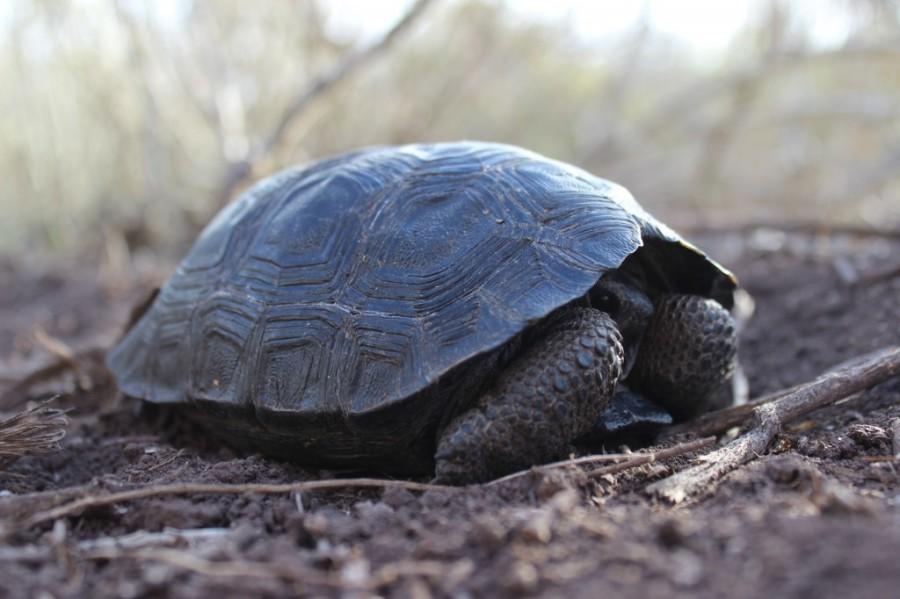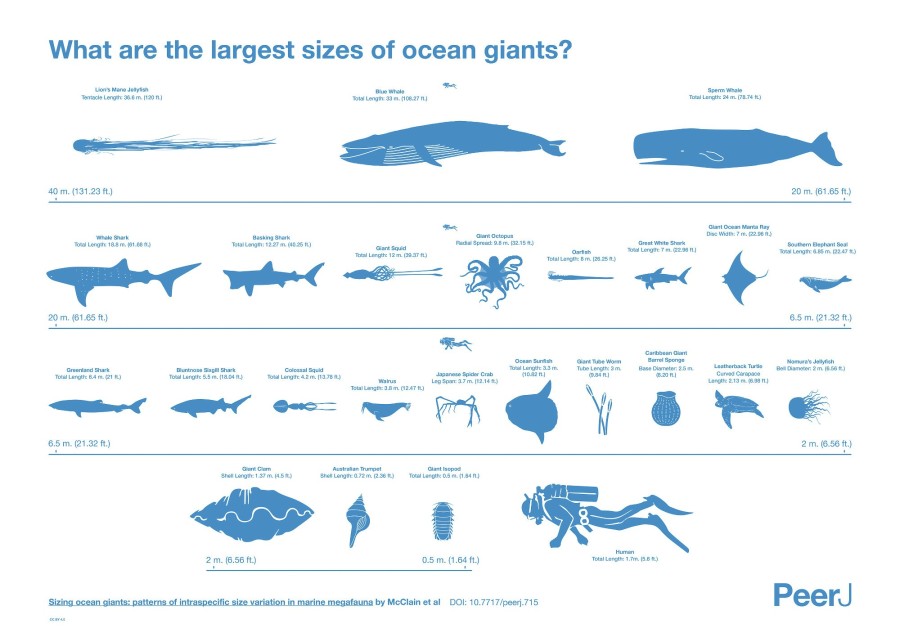Hello again humans! Today we have a hefty dose of anthropomorphism, and fortunately not much pessimism.
Animals, specifically primates, have been observed participating in what was thought to be exclusively human practices for many years. These observations date back to Jane Goodall’s research on chimpanzees using tools in 1960, something thought to be limited to humans until then. Many new instances of primates acting “like humans” have been witnessed since this discovery, but the two I am going to talk about today are: fashion and midwives.
A female white-headed langur monkey was seen assisting a younger female monkey giving birth, acting, as we would call it, a midwife. Researchers who observed the scene said that the younger female “complied immediately and did not show any resistance.” This not only demonstrates the cooperation of living things in a time of need, but that the practice of midwifery, though not extremely common among primates, is not completely exclusive to humans.
Another more obvious instance of primates exhibiting “human behavior” exists in one chimpanzee troop’s fashion practices. A chimpanzee in this troop began to stick long-stemmed pieces of grass in her ear, so it hung out, almost like an earring. This first chimpanzee sparked quite the trend among her troop: eight out of the twelve of them eventually mimicked this fashion statement. What makes this discovery more interesting is that this practice is confined to a single troop, indicating an isolated culture. The researchers who witnessed this behavior concluded that their observations “show that chimpanzees have a tendency to copy each others’ behavior, even when the adaptive value of the behavior is presumably absent.” The chimps have no practical reason for this grass-in-ear practice, yet they do it anyway. Indicating that they enjoy the aesthetic value of it. Just like humans with our fashion choices.
As more research comes to light regarding the similarities between humans and other species of animals, especially primates, maybe it will fundamentally change how we view them. Perhaps we will acknowledge a stronger relation to animals than we had ever thought. In my next post I speak more to this issue, regarding how the law treats animals in America.
Here are some more in-depth sources about the primates mentioned above, and to Jane Goodall’s work:
http://www.bbc.com/earth/story/20141006-the-monkey-that-became-a-midwife
http://link.springer.com/article/10.1007/s10071-014-0766-8
http://www.janegoodall.org/chimpanzees/tool-use-hunting-other-discoveries
Check your species privilege, and happy learning.


